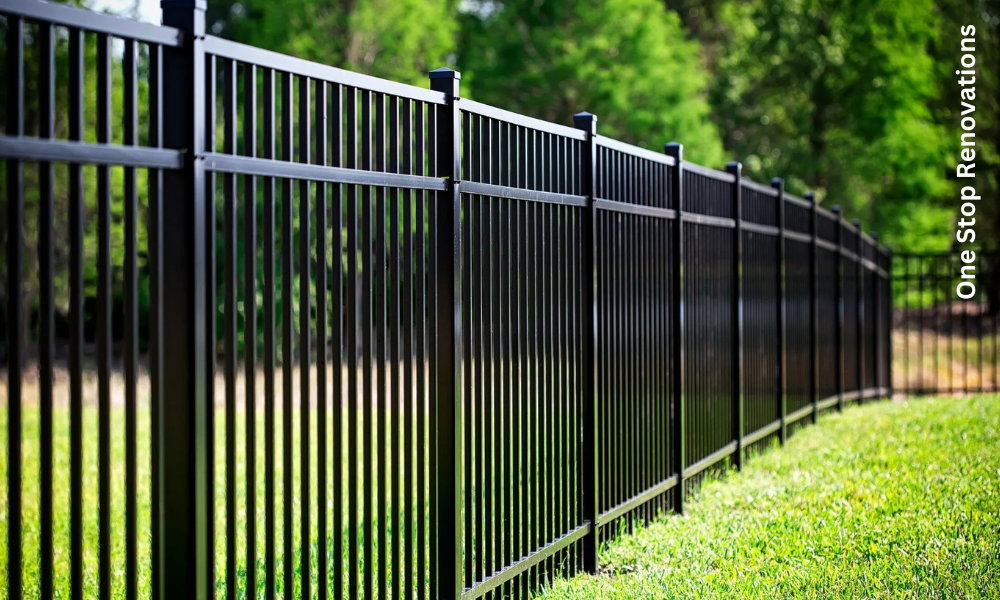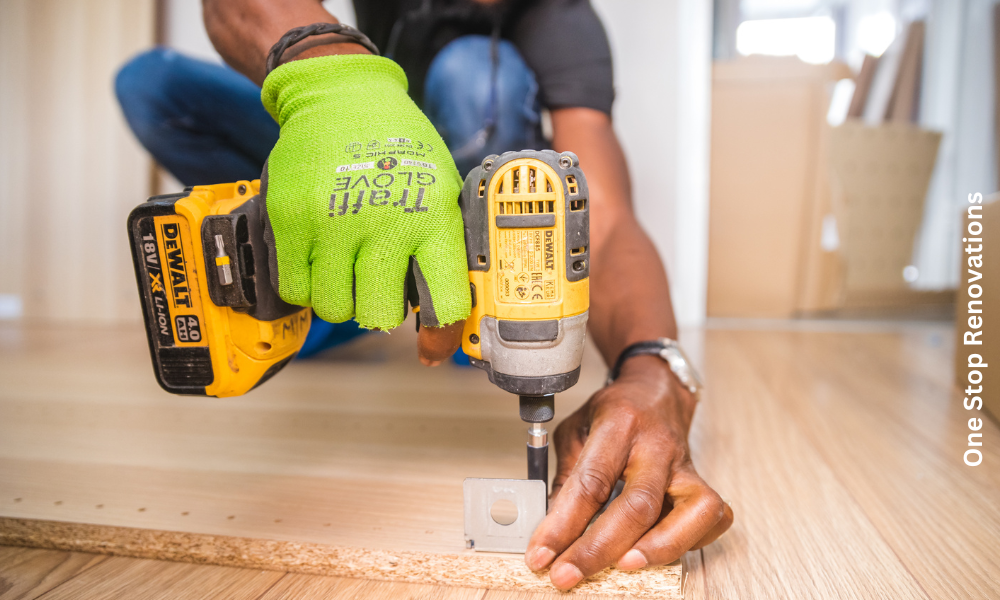Welcome to “Fence Installation 101,” your comprehensive guide to building a fence in Perth!
Whether you’re looking to add privacy, enhance security, or simply define your property boundaries, installing a fence is a significant decision that requires careful planning and consideration.
In this guide, we’ll walk you through everything you need to know before embarking on your fence installation journey in Perth.
From understanding local regulations and choosing the right materials to selecting the best fence style for your needs, we’ve got you covered.
So, grab your tools and let’s dive into the world of fence installation in Perth.
By the end of this guide, you’ll be equipped with the knowledge and confidence to build a fence that not only enhances the beauty of your property but also meets your practical needs.
Understanding Local Regulations
Before you start building your fence, it’s important to understand the rules and regulations set by the local authorities in Perth.
These regulations dictate things like the height of your fence, how far it should be set back from the property line, and whether you need a permit to build it.
Explanation of Fence Height Restrictions, Setback Requirements, and Other Relevant Regulations
In Perth, when it comes to fence height, the general guideline is for a fence to be between 1.2 meters to 1.8 meters tall.
These regulations are in place to ensure that your fence doesn’t obstruct views, impede access, or pose a safety hazard.
Additionally, setback requirements dictate how far your fence needs to be from the property line or any structures on your property.
These regulations aim to maintain the aesthetics and safety of the neighborhood while ensuring that your fence complies with local standards.
Choosing the Right Materials
When it comes to choosing the right material for your fence, you’ll find that Perth offers a variety of options.
Timber fences are popular for their natural look and versatility. Colorbond steel fences are known for their durability and low maintenance.
Aluminum fences are lightweight and resistant to rust, making them ideal for coastal areas.
Factors to Consider When Selecting Materials
When selecting materials for your fence, it’s essential to consider factors such as durability, maintenance requirements, and cost.
Timber fences may require regular painting or staining to maintain their appearance, while Colorbond steel and aluminum fences are more durable and require less maintenance over time.
Cost is also a significant factor to consider, as some materials may be more expensive upfront but offer long-term savings in maintenance costs.
So, before you start building your fence in Perth, make sure you’re familiar with the local regulations and have chosen the right materials for your needs.
Preparing for Installation
Before diving into the installation process, it’s crucial to prepare adequately. This involves taking several key steps to ensure a smooth and successful fence installation project.
Steps to Take Before Installing a Fence
Start by surveying your property to determine the boundary lines and any potential obstacles that may affect the installation process.
It’s also essential to obtain any necessary approvals or permits required by local authorities before proceeding with the installation.
Gathering the Tools and Materials Needed for the Installation Process
Once you have surveyed your property and obtained the necessary approvals, gather all the tools and materials you’ll need for the installation process.
This may include fence panels or pickets, posts, concrete for setting posts, and tools such as a shovel, level, and post hole digger.
Installation Process
Now that you’ve prepared adequately, it’s time to move on to the installation process itself. Follow these steps for a successful fence installation:
Begin by marking the locations for your fence posts and digging the post holes to the appropriate depth.
Next, set the posts in concrete and allow them to cure before attaching the fence panels or pickets. Ensure that each panel or picket is level and properly secured to the posts.
Tips for Ensuring a Straight, Sturdy Fence That Will Stand the Test of Time
To ensure that your fence remains sturdy and straight for years to come, use a string line to guide the installation process and check for level at each stage.
Additionally, consider using pressure-treated or rot-resistant materials to prolong the lifespan of your fence.
Maintenance and Care
Once your fence is installed, it’s essential to maintain it properly to prolong its lifespan and keep it looking great.
Regularly inspect your fence for any signs of damage or wear, and address any issues promptly.
Clean your fence regularly to remove dirt and debris, and consider applying a protective sealant to prevent rot and decay.
Be on the lookout for common issues such as rot, rust, and loose boards, as these can compromise the integrity of your fence. If you notice any of these issues, address them promptly to prevent further damage.
Don’t forget to check out our other blog post, The Ultimate Guide to Plumbing Maintenance in Perth, for more valuable home maintenance tips!
Reference:


